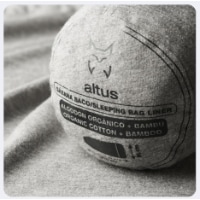LesR
Active Member
- Time of past OR future Camino
- Camino Frances 2017, 2018; Camino Portuguese 2019
Am wondering if anyone has the word for the practice of pruning larger trees and joining the branches to form a dense canopy of leaves in summer - I saw that in many towns that the Camino Frances passed through (and no doubt they exist in many others) and I would like to try to replicate it at home...
Pollarding is one term for pruning of trees, but is generally limited to shortening of branches to force a denser canopy, but I am interested in a more complicated technique in which the branches of adjacent trees are grafted together to form a single structure...
Magwood has posted a pic of the tree structures, sans leaves, in Santo Domingo de la Calzada... see https://www.caminodesantiago.me/community/threads/what-do-they-look-like-fully-clothed.20581/
Pollarding is one term for pruning of trees, but is generally limited to shortening of branches to force a denser canopy, but I am interested in a more complicated technique in which the branches of adjacent trees are grafted together to form a single structure...
Magwood has posted a pic of the tree structures, sans leaves, in Santo Domingo de la Calzada... see https://www.caminodesantiago.me/community/threads/what-do-they-look-like-fully-clothed.20581/
Last edited:




















